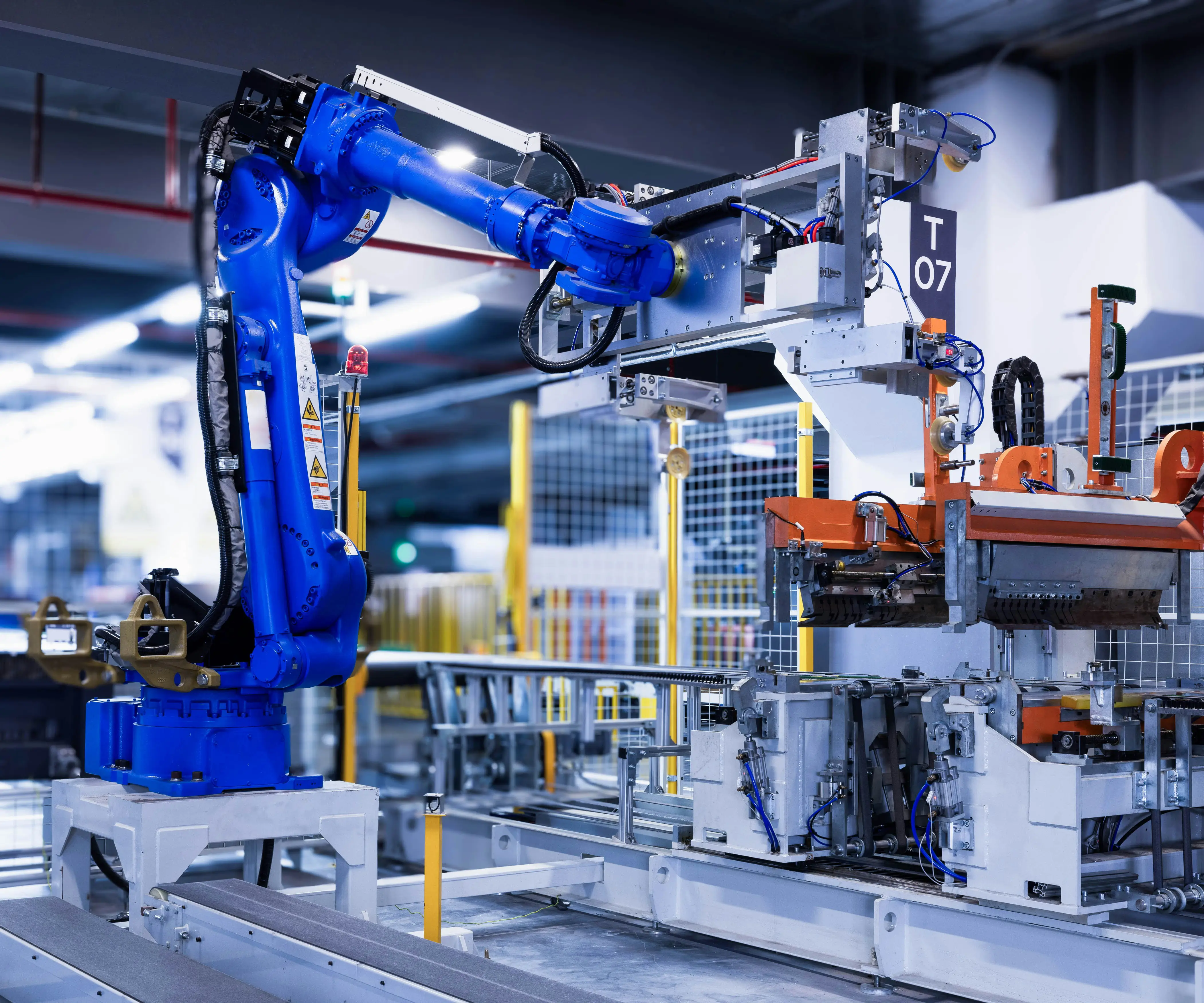The Rise of Small Powerhouses: Why Gear Reduced DC Motors at 6V Are Game Changers
In the realm of electromechanical devices, few components are as versatile and vital as DC motors. Their ability to convert electrical energy into mechanical power makes them indispensable across industries ranging from industrial automation to tiny robotic projects. Among the myriad options available, gear reduced DC motors operating at a nominal voltage of 6V have emerged as quintessential tools for countless applications.

But what exactly makes this specialization so attractive? At their core, gear reduced DC motors combine a simple electric motor with a sophisticated gear train. This layering of components offers unique advantages, particularly when precision, torque, and control are priorities.
Understanding the Anatomy: How Does a Gear Reduced DC Motor at 6V Work?
At the heart of this device lies the DC motor itself—a compact motor that typically comprises a rotor (armature), stator, brushes, and a commutator. When voltage is supplied—here, 6 volts—it energizes the armature windings, creating a magnetic field that interacts with the stator’s stationary field, causing the rotor to spin.
However, the raw rotation might not always suit the precise needs of applications; it’s often too fast or lacks the torque needed for heavy tasks. This is where the gear train comes in.
The gear reduction system—usually composed of spur gears, planetary gears, or worm gears—serves to slow down the rotational speed while increasing the torque output. Think of it as a mechanical “ratio” that transforms a high-speed, lower-torque motor into a low-speed, high-torque powerhouse.
In a typical 6V gear motor, the gear ratio might range from 10:1 to 200:1 or even higher, depending on the application's requirement. This means that for every 10 or 200 rotations of the motor, the output shaft turns once, delivering more torque at a lower rotational speed, ideal for precise positioning and heavy-duty tasks.
Why 6V? The Sweet Spot for Compact and Efficient Power
The choice of 6 volts isn’t arbitrary; it’s a sweet spot for many low-power, portable, and hobbyist applications. Batteries like AA, AAA, and coin cell batteries naturally provide around 1.5V per cell, making 6V a convenient voltage for portable, battery-powered devices.
Additionally, 6V gear motors tend to be inexpensive, readily available, and easy to integrate into various systems. They’re also energy-efficient—consuming less current for a given application—making them suitable for battery-operated devices where power conservation is critical.
Furthermore, working within a 6V range simplifies design considerations, as many microcontrollers and sensors also operate at similar voltages, reducing the need for complex power regulation.
The Advantages of Gear Reduction in DC Motors
Gear reduction delivers several compelling benefits:
Increased Torque: The primary advantage. By trading rotational speed for torque, gear reduced DC motors can handle heavier loads and overcome resistance more effectively. This makes them ideal for driving wheels, robotic limbs, or conveyor belts.
Controlled Speed: With gear reduction, the output shaft turns more slowly than the motor’s core, allowing for fine-tuned control. This is especially crucial in robotics and automation where speed accuracy enhances performance.
Enhanced Precision: When used with sensors or encoders, gear reduced motors can achieve precise positioning. For example, in CNC machines or robotic arms, this precision ensures accurate movement.
Compact Design: The integration of a gear train allows a high-torque motor to remain small, facilitating miniature designs—a boon for hobbyists and embedded systems.
Energy Efficiency: Because torque increases without necessitating more current for the motor, gear reducers make the system more energy-efficient.
Applications That Benefit from 6V Gear Reduced DC Motors
Their attributes make these motors suitable for a diverse array of projects:
Robotics: From small crawlers to robotic arms, gear motors provide the necessary torque and control. Automated Doors and Gates: Ensuring smooth, controlled opening and closing with consistent torque. DIY Projects: Perfect for hobbyists wanting to build functional robots, custom toys, or automation gadgets. Medical Devices: Devices that require precise, controlled movement often utilize gear reduced motors. Model Railroads: For powering locomotives and accessories smoothly. Home Automation: Automated blinds, curtains, or pet feeders.
Considerations When Choosing a 6V Gear Reduced DC Motor
Selecting the right motor involves understanding several key factors:
Torque Needs: Determine the load your application will impose. Higher torque demands mean choosing models with higher gear ratios or more powerful motor cores. Speed Requirements: Some projects need slow, deliberate movements—favor a higher gear ratio. Others may require faster rotation. Size Constraints: Make sure the motor’s dimensions fit your design. Voltage Compatibility: Confirm the motor is specified to operate at 6V to avoid damage. Gear Type and Material: Gear durability influences longevity. Metal gears are typically more durable than plastic ones but might be noisier or heavier. Environmental Factors: Consider environmental exposure—are the motors going to be exposed to water, dust, or extreme temperatures? Waterproof or sealed models are available for specialized uses.
The Role of Electronics in Enhancing Gear Reduced DC Motor Performance
While the motor and gear train form the core, integrating proper electronics ensures optimal performance. Motor drivers, like H-bridges, enable precise control of speed and direction. Feedback sensors, such as encoders, add positional accuracy. PWM (Pulse Width Modulation) techniques help regulate power, extend battery life, and reduce heat.
Controlling a gear reduced DC motor at 6V with a microcontroller such as Arduino or Raspberry Pi becomes intuitive, especially when paired with drivers and sensors. This synergy unlocks new levels of automation and customization, propelling hobbyists and engineers to innovate further.
Leveraging innovations in modular drive technology, Kpower integrates high-performance motors, precision reducers, and multi-protocol control systems to provide efficient and customized smart drive system solutions.




































